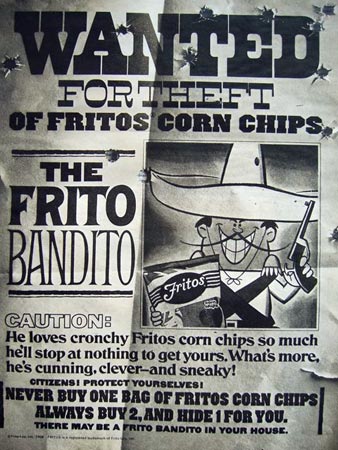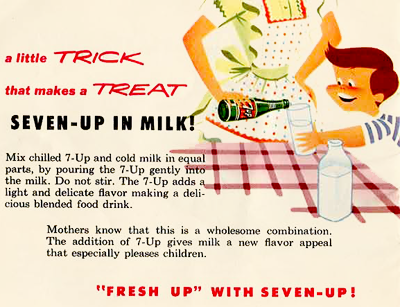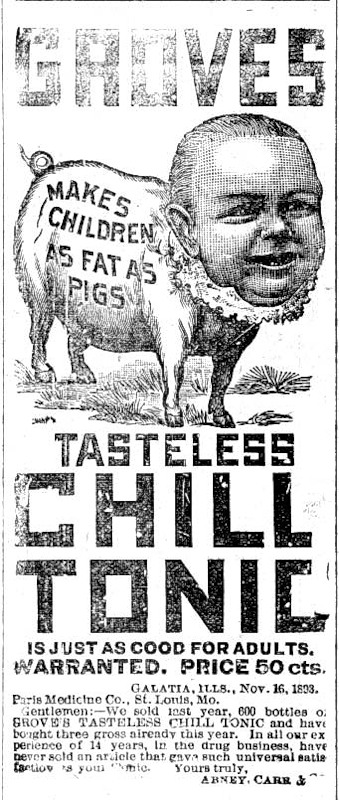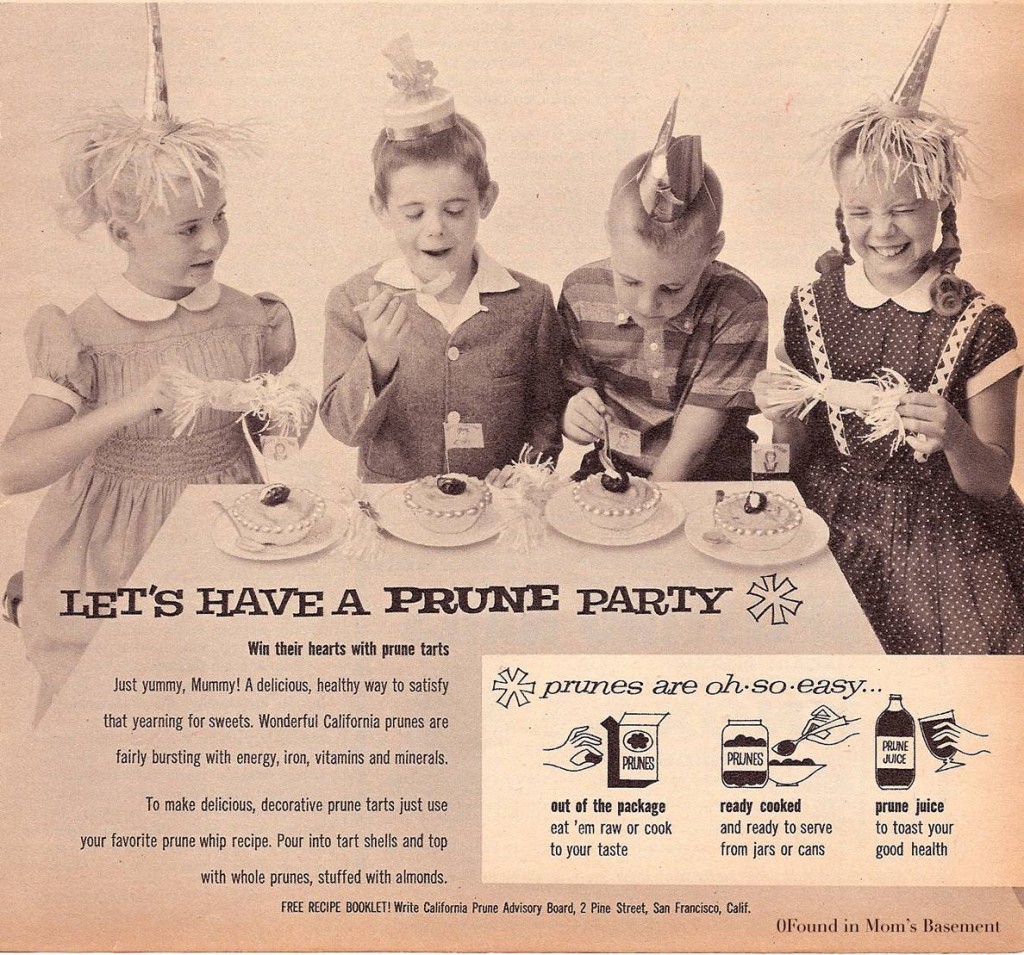
The “Got Milk” campaign is funded by the California Milk Processor Board, a marketing organization funded collectively by California dairies. In a recent comment thread, Adam linked to the clip below in which ABC does a segment about the awesomeness of milk. It’s a great example of the way that the news media in not independent of business.
UPDATE! Abby, in the comments thread, linked to another great example:
—————————
Lisa Wade is a professor of sociology at Occidental College. You can follow her on Twitter and Facebook.





